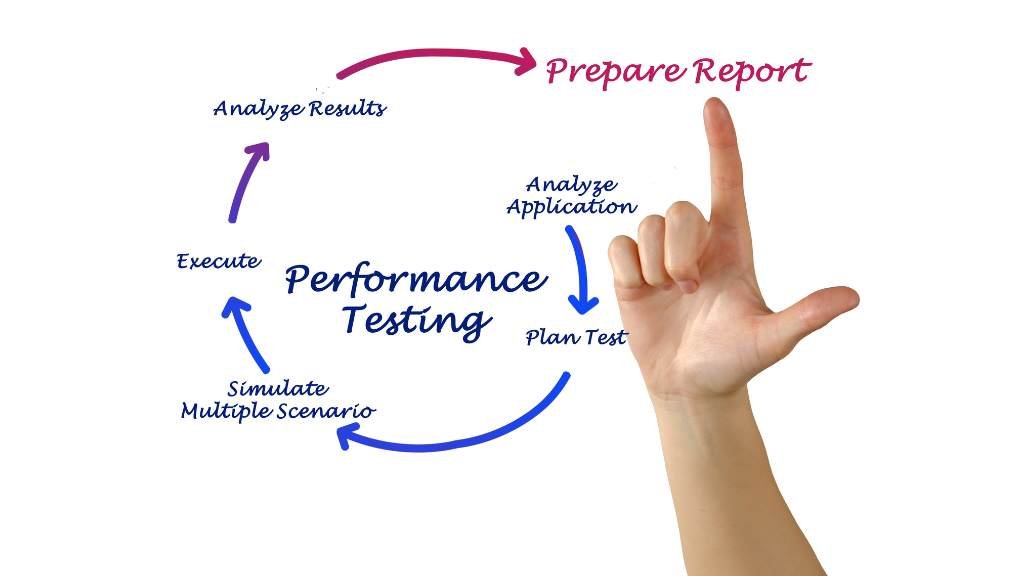A Comprehensive Guide to Performance Testing: Stages, Metrics, and Tools
Adina Anderson
. 2 min read
The landscape of improving application performance has undergone significant changes in recent years. With the increasing workloads, datasets, and devices, performance engineering has become an indispensable part of the development lifecycle for developers. As applications run in complex and dynamic environments, developers must consider various factors such as network conditions, user behavior, and lack of visibility, which can have a cascading effect and potentially derail the application completely. In today's application economy, performance testing is a highly discussed topic among developers. This guide aims to provide developers with a comprehensive understanding of the fundamentals of performance testing.

Why Do You Need Performance Testing?
Performance testing measures the processing speed, bandwidth, reliability, and scalability of desktop or web applications under specific loads. It focuses on parameters such as:
- Application response time
- Maximum load capacity
- Stability under varying loads
The purpose of performance testing is not to find bugs, but rather to check if the system can handle the expected workload.
Performance testing enables you to:
- Ensure the readiness of the product for release
- Estimate performance parameters and resource requirements
- Compare the performance of different systems or configurations
- Identify causes of performance degradation
- Find ways to improve the product
Types of Performance Testing for Software
To understand how software performs on users' systems, it is important to apply different types of performance tests during software testing. These tests fall under non-functional testing, which aims to assess the readiness of a system. (Functional testing, on the other hand, focuses on individual software functions.)
- Load Testing: Load testing measures system performance as the workload increases. The workload can refer to concurrent users or transactions. The system is monitored to measure response time and its ability to sustain the load within normal working conditions.
- Stress Testing: Unlike load testing, stress testing—also known as fatigue testing—is designed to measure system performance beyond normal working conditions. The software is subjected to an excessive number of users or transactions that exceed its capacity. The goal of stress testing is to evaluate software stability, identifying failure points and assessing its recovery capabilities.
- Spike Testing: Spike testing is a subset of stress testing that focuses on extreme load increments and decrements. This test introduces abrupt changes to a system, subjecting it to a massive increase in load volumes within short time periods. Such spikes may freeze or bring down an unprepared system.
- Endurance Testing: Endurance testing examines a system's ability to handle anticipated loads for extended periods. Also known as soak tests, this type of testing evaluates the system's long-term stability. It helps identify issues like memory leaks that are more likely to occur over sustained periods of load.
- Volume Testing: Volume testing assesses a system's capability to handle large volumes of data effectively. It analyzes how the system handles an influx of data, often referred to as flood testing. For example, simulating a scenario where millions of users upload videos simultaneously to a social media platform and evaluate the impact on the system's behavior and database.
Performance Testing Metrics Categories
- Client-side Performance Testing Metrics: During performance testing, QA teams evaluate the client-side performance of the software. This includes assessing end-to-end test scenarios and the rendering of front-end elements such as CSS and JavaScript files. Client-side performance testing metrics help evaluate application responses for different clients using various devices (desktop, mobile, etc.) and servers.
Common client-side Performance Testing Metrics include
- Time To First Byte
- Page size/weight
- Time to Interact
- Time to Render
- Server-side Performance Testing Metrics: The performance of the server directly affects the overall application performance. It is crucial to measure the server's performance using server performance monitoring metrics.
Conclusion
Performance testing is a crucial aspect of software development that ensures application stability, scalability, and reliability. This comprehensive guide has covered the essential aspects of performance testing, including its definition, types, and best practices. By employing the right tools and methodologies, performance testing can efficiently and effectively guarantee the stability, scalability, and reliability of your software applications.
More Stories from
Top Automotive Industry Trends for 2023: From AVs to Subscription Fees
This article discusses the top trends driving the automotive industry in 2023.
Power of Pinterest: How Your Business Can Leverage a Visual Search Engine?
This article discusses the rise of Pinterest as a visual search engine and its potential as a marketing tool for businesses.
Unlocking Business Growth: Harness the Power of Web Solutions
Embrace the power of the internet to unlock your business's true potential and propel it towards unprecedented growth.
Embracing the Remote Work Revolution: Pros and Cons for Businesses and Employees
This article explores the significant growth of remote work over the past decade, driven by technological advancements and changing work cultures.
Effective Marketing Techniques for Small Businesses on a Tight Budget
This article discusses effective marketing techniques for small businesses with limited budgets.

.jpg?width=250&aspect_ratio=16:9)







.png?width=40&aspect_ratio=1:1)
.png?width=40&aspect_ratio=1:1)

